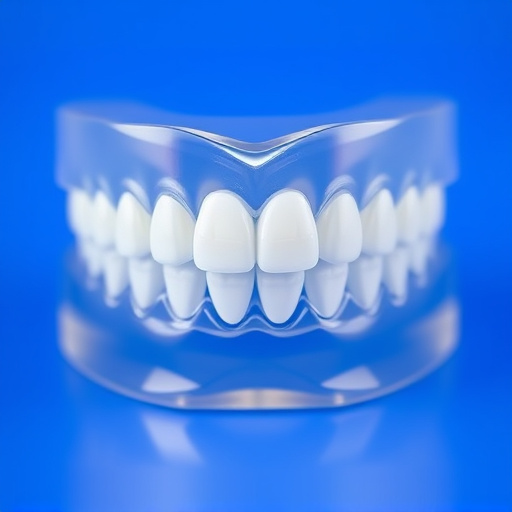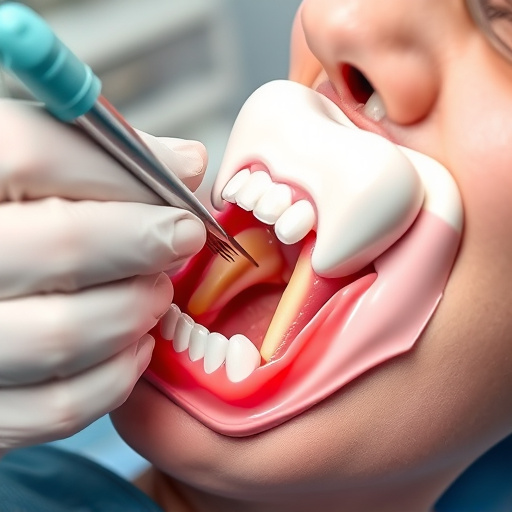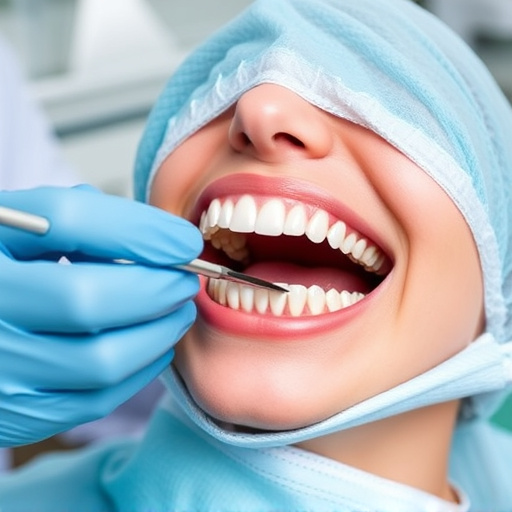Bone grafting treatment is a sophisticated dental procedure aimed at restoring and regenerating bone structure with minimal discomfort. It begins with a consultation, followed by surgically placing donor bone or synthetic material to stimulate new growth. Modern techniques offer a comfortable recovery, contrasting traditional methods with significant discomfort. This approach reduces post-operative pain, enabling patients to quickly resume normal activities. With proper aftercare, bone grafting treats bone loss from extractions and trauma cases, enhancing oral health and functionality for procedures like implant placement or denture securing.
Bone grafting treatment offers a path to stronger, healthier bones with minimal discomfort. This advanced procedure isn’t as intimidating as it sounds; it’s a gentle process designed to restore bone density and structure. By understanding the steps involved—from the procedure itself to recovery—patients can gain confidence in achieving optimal results. In this article, we’ll explore how bone grafting treatment provides a smooth journey towards improved oral health and overall well-being.
- Understanding Bone Grafting: A Gentle Process
- The Procedure: Minimal Discomfort, Maximum Results
- Recovery and Benefits: A Smooth Journey Ahead
Understanding Bone Grafting: A Gentle Process
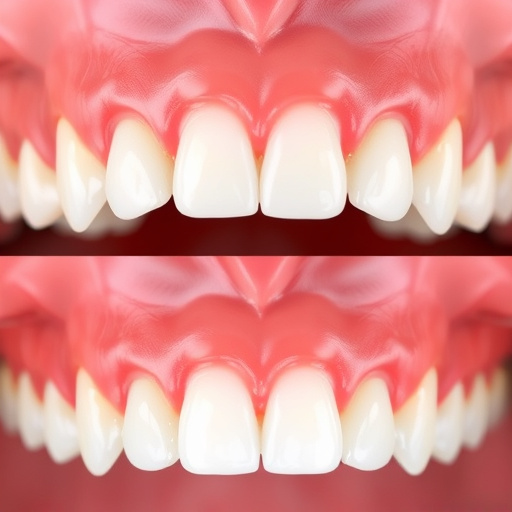
Bone grafting treatment is a meticulous process designed to restore and regenerate bone structure, offering a powerful solution for various dental and oral health issues. This advanced procedure involves carefully inserting a bone substitute material into a specific site in the jawbone to promote new bone growth. Contrary to popular belief, bone grafting with minimal discomfort is achievable thanks to modern techniques and expert dentists. The process begins with a thorough consultation to assess the patient’s oral health and determine the most suitable bone grafting method.
During the procedure, local anaesthesia is administered to ensure the patient feels no pain or discomfort. The surgeon then creates a small incision in the gum tissue to access the underlying jawbone. The bone graft material, often harvested from the patient’s own body (autologous) or sourced from a donor bank (allogenic), is carefully placed within the predetermined site. This material acts as a scaffold, guiding the growth of new bone cells and stimulating osteogenesis—the body’s natural bone-building process. Once positioned, the gum tissue is gently closed, facilitating a comfortable recovery period with minimal post-operative pain, especially when compared to traditional bone grafting methods.
The Procedure: Minimal Discomfort, Maximum Results
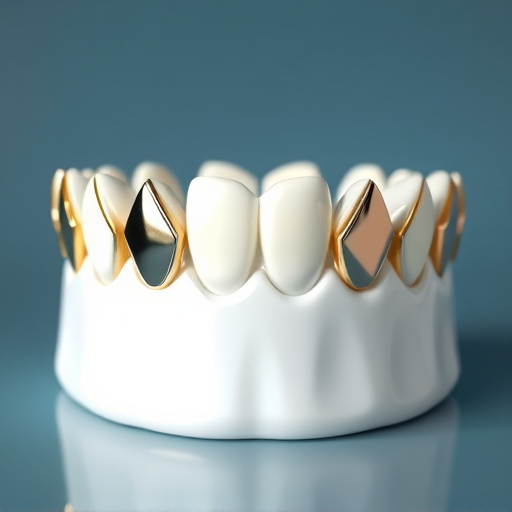
The bone grafting treatment is a minimally invasive procedure designed to restore and regenerate bone structure with remarkable effectiveness. Unlike traditional surgical methods that often come with significant discomfort, modern techniques prioritize patient comfort while achieving maximum results. The process involves carefully placing a donor bone or synthetic material into the affected area, fostering new bone growth over time. This approach is not only efficient but also reduces post-operative pain, making it an attractive option for both preventive dentistry and emergency dental care scenarios.
By minimizing discomfort, the procedure ensures patients can resume their normal activities more swiftly. This aspect is particularly beneficial for individuals seeking general dentistry solutions without sacrificing comfort. With proper aftercare, bone grafting treatments offer a sustainable path to improved oral health, addressing issues ranging from bone loss due to tooth extraction to complex dental trauma cases.
Recovery and Benefits: A Smooth Journey Ahead
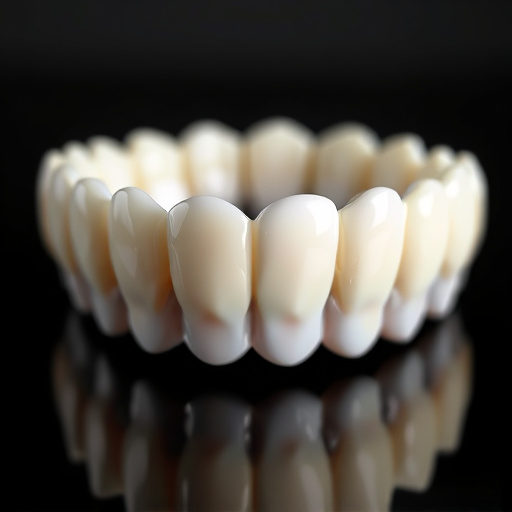
Recovery from bone grafting treatment is often a smooth and relatively comfortable process. Following the procedure, patients can expect some minor discomfort, but it’s usually manageable with over-the-counter pain relievers. The healing process begins almost immediately, as the grafted bone starts to integrate with the existing jaw structure. This integration strengthens the area, providing a solid foundation for future dental work.
One of the key benefits of bone grafting is its ability to enhance overall oral health and functionality. By restoring the bone density in areas of loss, it becomes possible to place implants or secure dentures more effectively. This not only improves chewing capabilities but also supports the natural aesthetic of your smile. Moreover, maintaining healthy bones is crucial for a family dentistry approach, ensuring that tooth repair and replacement procedures can be performed with long-term success, even when considering clear aligners for subtle adjustments.
Bone grafting treatment offers a gentle yet powerful solution for various dental and orthopedic issues. By understanding the process, from its purpose to execution, patients can anticipate minimal discomfort alongside significant results. The recovery period is relatively smooth, providing long-lasting benefits that enhance overall well-being and quality of life. This advanced treatment option ensures a positive journey towards improved bone health.








